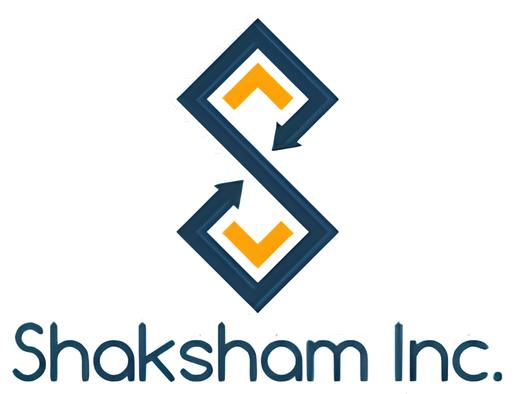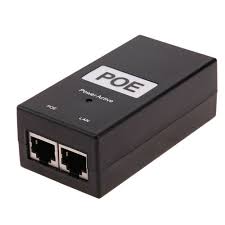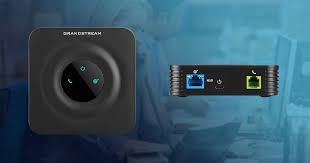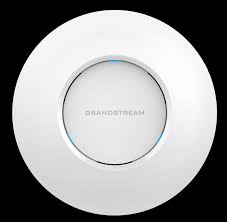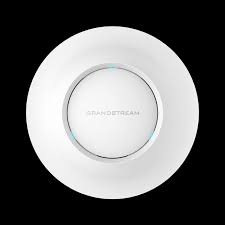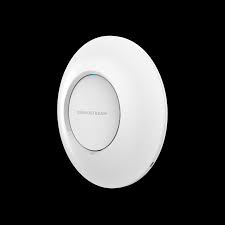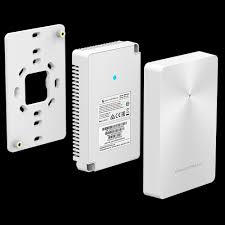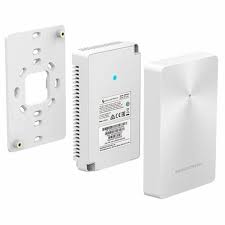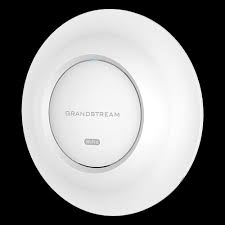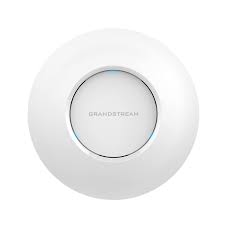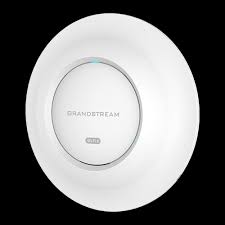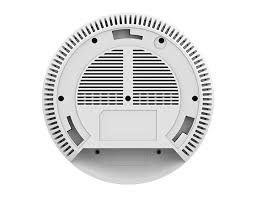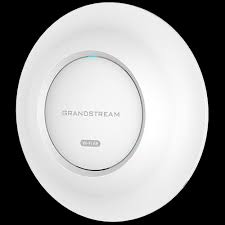A Power Injector for PoE (Power over Ethernet) networks is a device that injects power into an Ethernet cable, enabling devices like IP cameras, wireless access points, and VoIP phones to receive both data and power over a single cable. Here is a general specification for a typical Power Injector used in PoE networks:
General Specifications:
-
Power Output:
-
PoE (IEEE 802.3af): Typically provides up to 15.4W per port over Cat5/Cat6 cables.
-
PoE+ (IEEE 802.3at): Provides up to 25.5W per port.
-
PoE++ (IEEE 802.3bt): Provides up to 60W (Type 3) or 100W (Type 4) per port.
-
-
Input Voltage:
-
AC input: 100-240V AC (50-60 Hz) for universal compatibility.
-
DC output: Typically 48V DC to power connected PoE devices.
-
-
Ports:
-
Commonly 1 input port for connecting to the network and 1 or more output ports (usually 1 to 4) for providing PoE.
-
Gigabit Ethernet Ports (10/100/1000 Mbps), though some older models may only support 10/100 Mbps.
-
-
Power Delivery Type:
-
IEEE 802.3af: Suitable for basic devices such as IP cameras or basic VoIP phones.
-
IEEE 802.3at (PoE+): Suitable for high-power devices such as wireless access points or advanced VoIP phones.
-
IEEE 802.3bt (PoE++ or 4PPoE): For devices requiring higher power such as PTZ (Pan-Tilt-Zoom) IP cameras, large wireless access points, or digital signage.
-
-
Power Consumption:
-
The injector itself typically consumes a small amount of power to deliver the required output power to the connected devices. This is usually between 10W to 50W depending on the injector type and number of ports.
-
-
Mounting:
-
Many power injectors are desktop mountable but some can be wall-mounted or rack-mounted depending on the design and intended use case.
-
-
Ethernet Cable Compatibility:
-
Compatible with standard Cat5, Cat5e, Cat6 cables for both data transmission and power delivery.
-
-
Indicators:
-
LED indicators to show power status, PoE status, and network connectivity.
-
-
Safety Features:
-
Short-circuit protection
-
Overcurrent protection
-
Overvoltage protection
-
Overtemperature protection
-
-
Certifications:
-
Common certifications include UL, CE, FCC, and RoHS compliance.
-
Typical Use Cases:
-
IP Cameras: Allowing IP cameras to be powered over the same Ethernet cable used for data transmission.
-
VoIP Phones: Simplifying installation by delivering power and data over one Ethernet cable.
-
Wireless Access Points: Enabling Wi-Fi access points to be powered via Ethernet cables in locations without a nearby power source.
-
Network Devices: Other networking equipment like IP phones, network routers, and hubs.
Example Model:
-
TP-Link TL-PoE150S: A popular PoE injector supporting IEEE 802.3af.
-
Output: 48V DC, up to 15.4W per port.
-
Input: 100-240V AC.
-
Ports: 1 Input, 1 Output.
-
